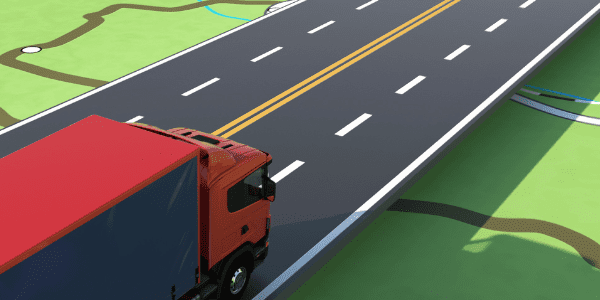
As rental businesses enter new niche markets and technology changes the ways in which they can operate, businesses are finding new ways of managing their assets in the field. There are more and more rental assets which are never returned to a branch location. The assets are simply relocated in the field to other job sites for the same customer, or transferred en masse to a different customer at the same job site. This is particularly true in quarrying, oilfields, and wastewater management rentals. These are industries that have a large concentration of customers in a very small area.
Wynne’s software has some specialized functionality to manage the transfer of assets to new locations for the same customer, the transfer of assets at a job site from one customer to another, or from one sub-contractor to another sub-contractor. The key part of the process is ensuring that you don’t have to process multiple pieces of paperwork or create dummy processes just to fool your system into thinking that equipment has been off-rented, picked up, inspected, or allocated to a new contract and re-dispatched.
Re-locations
Re-locations are transfers of equipment from one customer job site to another without ever off-renting the equipment. Maybe there’s no real change of address. For example, a site trailer located on the north side of a job site for the first phase of a project may need to be relocated to the south side for phase 2 and the customer needs a little assistance with the move. Or perhaps they have 2 job sites close together and realize it will be cheaper to have the same piece of equipment stay on rent and just pay for one lot of transport from A to B rather than off renting it back to your branch. A relocation is an opportunity for you to generate some transport and potentially other service revenue and get your asset location information up to date (if you aren’t already using GPS locators).
You can choose whether you are relocating everything on a contract, or just a select group of items. The system will validate to make sure that any accessories are moved at the same time. Your customer billing will show the relocation charges but keep your billing rules in place. If you have a best-rate calculation, then the customer benefits by a seamless continuation of the billing, rather than an off-rent and an on-rent which will start the clock again.
Contract Transfers
Contract transfers are movements of contracts from one customer to another. In this instance, the equipment doesn’t move. Perfect for when one sub-contractor takes over for another at a well-head, for example, or in a construction project. From an end user point of view, the contract transfer is a simple and seamless single action. Select the individual assets or entire contract to be transferred, confirm the transfer date and make some decisions about any consumables or services still left to be charged to the original contract. There is no unnecessary creation of paperwork or dummy transactions, instead, the system auto-off-rents the equipment from the original contract, creates a new contract, transfers the equipment and puts it out on rent again in the background. You’ll get a final off-rent invoice for the first customer, and the new customer will start being charged from the contract transfer date.
At Wynne Systems we believe that rental software should reflect the kind of challenges that your business faces. Rather than simply concentrating on the easy, everyday transactions, we like to ensure that we can also handle the more challenging transactions. If you’d like a demonstration, give us a call today.





